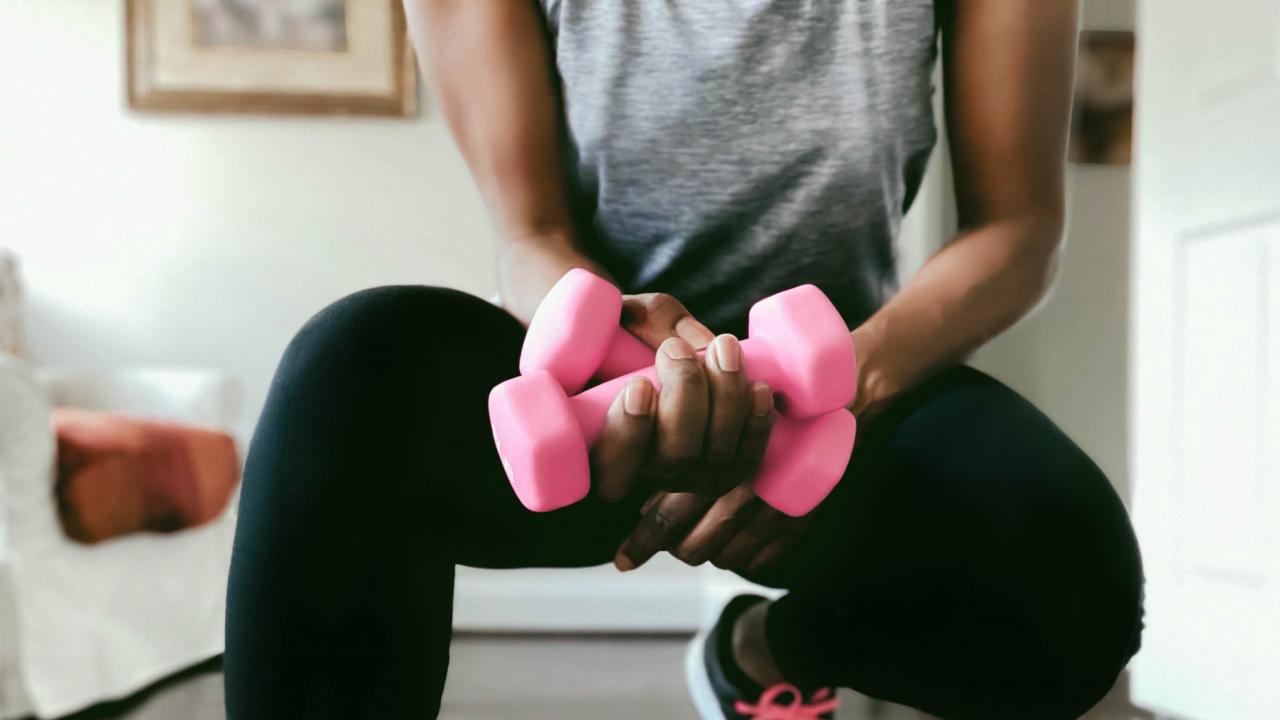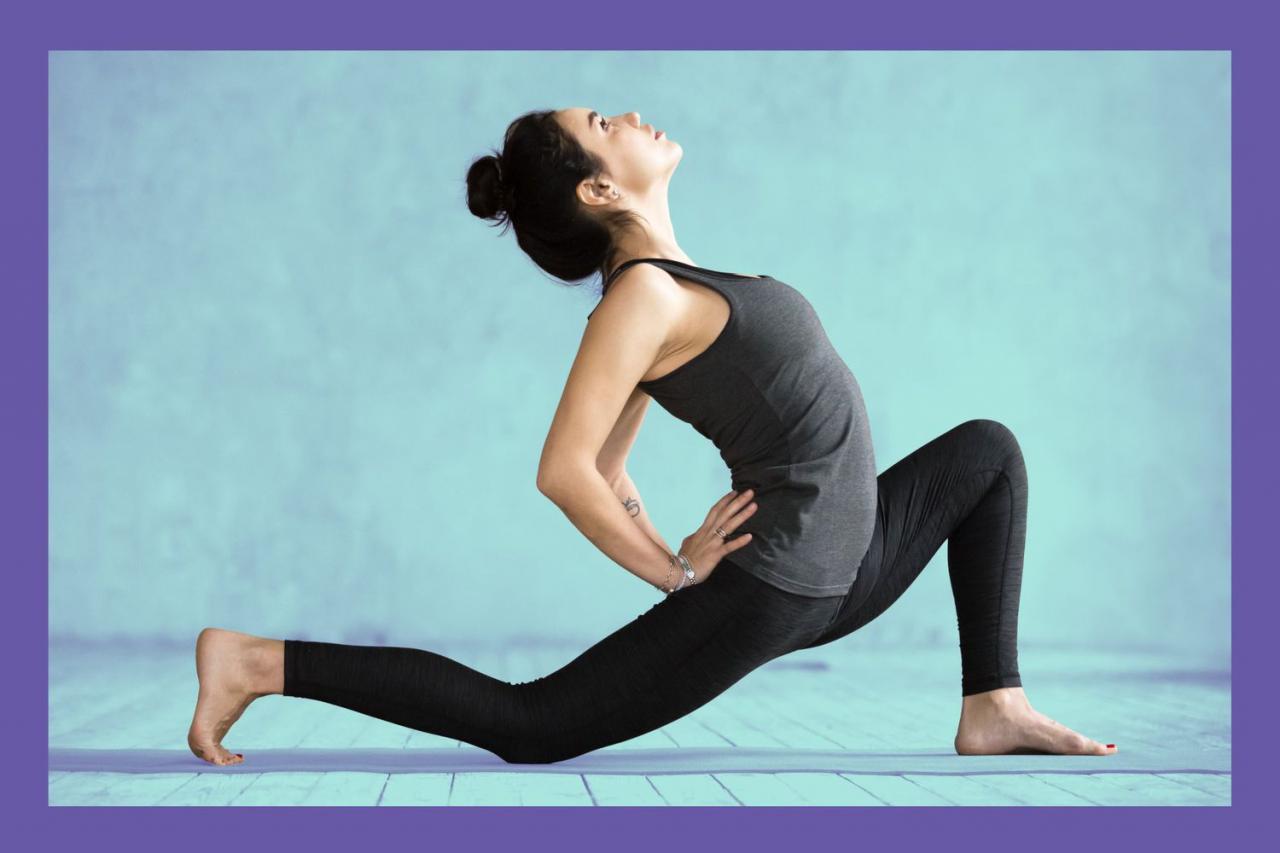Embarking on a journey to discover the world of

Foundation: Key Principles of Strength Training
When starting out with strength training, it’s important to focus on building a strong foundation to avoid injury and see results. Here are some key principles to keep in mind:
- Progressive Overload: Gradually increase the weight or resistance you are using to challenge your muscles and stimulate growth.
- Compound Movements: Focus on exercises that target multiple muscle groups at once, such as squats, deadlifts, and bench presses.
- Proper Form: Pay attention to your form to ensure you are targeting the intended muscles and reducing the risk of injury.
- Rest and Recovery: Allow your muscles time to rest and recover between workouts to prevent overtraining and promote muscle growth.
Remember, consistency is key when it comes to strength training. Stick to a regular workout schedule and stay committed to your goals. With time and dedication, you will begin to see progress and improvements in your strength and overall fitness.
Choosing the Right Exercises: Targeting Major Muscle Groups
When starting your strength training journey, it’s important to choose the right exercises that
One important muscle group to target is the quadriceps. Exercises like squats, lunges, and leg presses are great for working this large muscle group in the front of your thighs. Make sure to use proper form to prevent injury and maximize results.
Another major muscle group to focus on is the back muscles. Rows, pull-ups, and deadlifts are effective exercises for strengthening your back. A strong back not only improves posture but also helps prevent common injuries.
Don’t forget about the chest muscles! Push-ups, bench presses, and chest flies are great exercises for targeting the pectoral muscles. This area is important for overall upper body strength and definition.
Progression and Consistency: The Path to Success in Strength Training
When starting out in the world of strength training, it’s important to understand the key factors that will lead you to success. One of the most crucial elements is progression. This means gradually increasing the amount of weight you lift or the number of reps you complete over time. Progression is essential in order to continue building strength and muscle mass.
Consistency is another vital component of a successful strength training program. Without regular and consistent workouts, it will be difficult to see significant improvements in your strength. Make sure to stick to a set schedule and prioritize your workouts to ensure that you are making progress towards your goals.
Additionally, focusing on proper form and technique is essential in order to prevent injuries and maximize the effectiveness of your workouts. Take the time to learn how to perform each exercise correctly and don’t be afraid to ask for help from a knowledgeable trainer or coach.
| Tip: Start with compound exercises like squats, deadlifts, and bench press to target multiple muscle groups. |
Injury Prevention and Recovery: Essential Practices for Newbies
When starting a new strength training routine, it is important to focus on proper form and technique to prevent injuries. One essential practice for newbies is to
Another important tip for injury prevention is to always warm up before starting your workout. A dynamic warm-up routine, such as jogging in place or arm circles, can help increase blood flow to your muscles and prepare your body for the upcoming workout. Cooling down with static stretches at the end of your session can also help improve flexibility and aid in muscle recovery.
For newbies, it is crucial to listen to your body and rest when needed. Overtraining can lead to fatigue and increased risk of injury. Make sure to give your muscles time to recover between workouts and incorporate rest days into your routine. Additionally, proper nutrition and hydration are key factors in promoting muscle recovery and overall performance.
As you embark on your strength training journey, remember that progress takes time and patience. By incorporating these tips into your routine, you will build a solid foundation for success. Embrace the challenge, stay consistent, and watch as your strength and confidence grow with each workout. Here’s to a stronger, healthier you!



